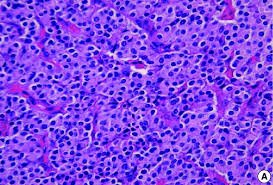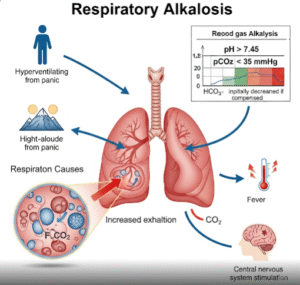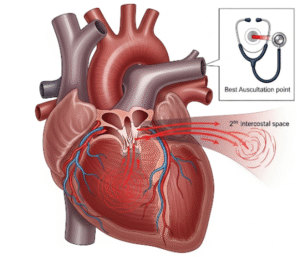Overview
A carcinoid tumor is a rare type of neuroendocrine tumor that usually develops in the digestive tract or lungs but can occur in other parts of the body. These tumors grow slowly and may not show symptoms for years. However, some carcinoid tumors release hormones that can cause a group of symptoms known as carcinoid syndrome. In Korea, the diagnosis and treatment of carcinoid tumors have improved significantly with advanced imaging technologies, endoscopic procedures, and specialized oncology centers.
What is Carcinoid Tumor?
Carcinoid tumors are neuroendocrine growths that originate in hormone-producing cells of the body. They are often classified as a type of neuroendocrine tumor (NET). While some carcinoid tumors remain localized, others may metastasize (spread) to the liver, lungs, or other organs.
Symptoms
- Flushing of the skin (redness, warmth)
- Diarrhea
- Wheezing or asthma-like symptoms
- Abdominal pain and cramping
- Unexplained weight loss
- Fatigue
- Carcinoid heart disease (in advanced cases)
Causes
- Genetic mutations in neuroendocrine cells
- Family history of multiple endocrine neoplasia type 1 (MEN1)
- Abnormal growth of hormone-secreting cells in the digestive tract or lungs
- Often, the exact cause remains unknown
Risk Factors
- Age (commonly diagnosed between ages 40–70)
- Family history of neuroendocrine tumors
- Genetic syndromes (e.g., MEN1, neurofibromatosis type 1)
- Smoking (increases risk of lung carcinoid tumors)
- Gender (slightly more common in women for some types)
Complications
- Carcinoid syndrome (flushing, diarrhea, difficulty breathing)
- Carcinoid crisis (sudden severe drop in blood pressure, bronchospasm, flushing—can be life-threatening)
- Liver metastasis
- Carcinoid heart disease (damage to heart valves from excess hormones)
- Nutrient malabsorption
Prevention
- There is no definitive way to prevent carcinoid tumors, but risk can be lowered by:
- Avoiding smoking
- Early screening for those with family history of MEN1 or genetic risks
- Regular health check-ups if at higher risk
Treatment Options in Korea
Korea has advanced oncology and gastroenterology departments that specialize in diagnosing and treating rare tumors like carcinoid tumors.
Diagnosis
- Imaging: CT scan, MRI, PET scan, and somatostatin receptor imaging
- Endoscopy or bronchoscopy with biopsy
- Blood and urine tests for hormone levels (serotonin, chromogranin A, 5-HIAA)
Treatment Approaches
- Surgery: First-line treatment if the tumor is localized.
- Somatostatin analogs (e.g., octreotide, lanreotide): Reduce symptoms of carcinoid syndrome and slow tumor growth.
- Targeted therapy: Drugs like everolimus are available in advanced centers.
- Chemotherapy: For aggressive or metastatic carcinoid tumors.
- Peptide Receptor Radionuclide Therapy (PRRT): Available in some Korean cancer hospitals for advanced neuroendocrine tumors.
- Liver-directed therapies (embolization, ablation) if the tumor has spread to the liver.













